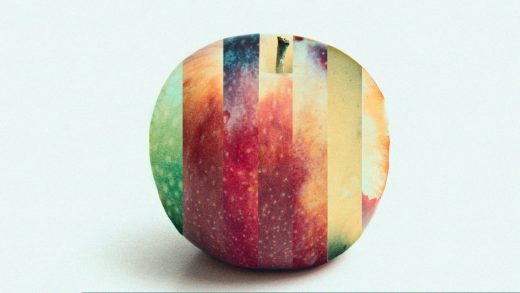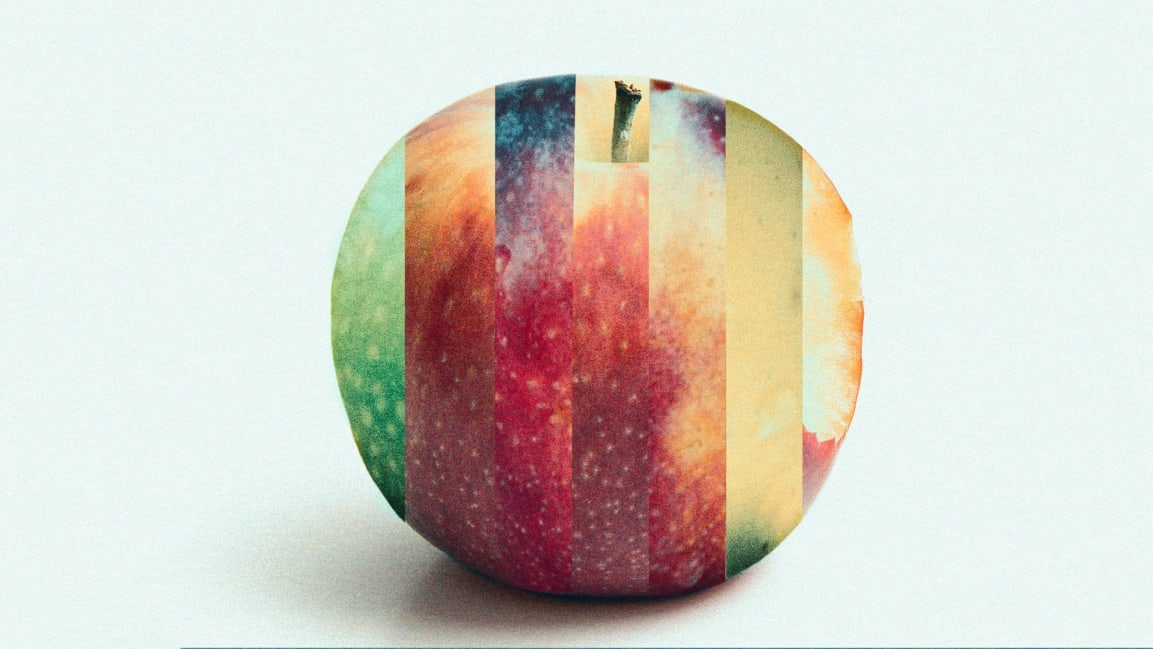Apple felt like a totally different company today
While I sat inside the Steve Jobs Theater watching Big Bird talk to a hand puppet on the stage, I realized Apple was not the same company I knew not long ago.
No new devices were announced. There were no slides filled with impressive specs or performance metrics. No oohs and ahhs. No “one more thing.”
Yeah, yeah, I know: Apple, under CEO Tim Cook, is becoming a services company to account for flagging iPhone sales growth. What we saw today, at Apple’s “It’s show time” event in Cupertino–maybe for the first time–is the public face of that new company.
Part of the reason the presentation felt so different is because it was as much about other companies as it was about Apple. It was about Apple putting an Apple wrapper on a bunch of content and services made by third parties.
The new subscription-based News+ app aggregates content from 300 magazines by a variety of publishers, as well as from newspapers like the Wall Street Journal. The new Apple Arcade is a subscription for third-party gaming apps in the App Store. Apple announced a new credit card, explaining that it worked with Goldman Sachs to work out the rewards and features, and with Goldman Sachs and Mastercard to do the back-end work. The new subscription video service arranges a wide array of video content within the TV app, but it mainly sells content from channels like HBO and Starz.
All these announcements came in the first hour of the presentation. With that much time left I wondered if Apple had some tricks up its sleeve after all. But no: It had simply reserved an entire hour to talk about its original video content, which it has branded “TV+,” and which won’t be available until next fall.
What followed was a string of Hollywood people talking about the shows and movies they’re making for Apple. The uneasy mix of Hollywood and Silicon Valley cultures was on full display. Reese Witherspoon, Jennifer Aniston, and Steve Carrell were there to boost a show they’re making about TV news personalities, but they came off like they were trapped under glass.
Steven Spielberg came out to a warm welcome and talked about his reboot of the Amazing Stories series for television. A dramatic video came on about how we desperately need more conversation among people with different viewpoints. Then the lights went down, and when they came up Oprah Winfrey was there.
It all felt like a presentation to advertising executives by a TV network–albeit one run by a tech company still figuring out how to be a TV network.
And even with TV+, Apple is acting as a distributor. Apple “originals” refers to the shows it is ordering, and financing, from Hollywood names.
“It was Apple not telling it’s own story, maybe for the first time,” says Carolina Milanesi, an analyst at Creative Strategies. “Many of those people are bigger stars than Tim.”
Milanesi says that while Apple is letting other players run the narrative, the core of the new services is still very much Apple. For example they all have strong security and privacy built in, a signature Apple feature.
There’s nothing wrong with Apple being a services company. Not monetizing the 1.4 billion iDevices out in the wild is just leaving money on the table. It’s also a matter of survival.
The question is the company’s identity. At Apple events we’re used to seeing people like Kevin Lynch (Apple Watch) and Craig Federighi (iOS) who you know live and breathe core “Designed in California” products.
Today the company made a big deal of announcing a bunch of third-party content and services, with only passing references to the hardware that made it famous. Should Apple really identify itself with products that its own creative hand never really gets close to?
Fast Company , Read Full Story
(35)



